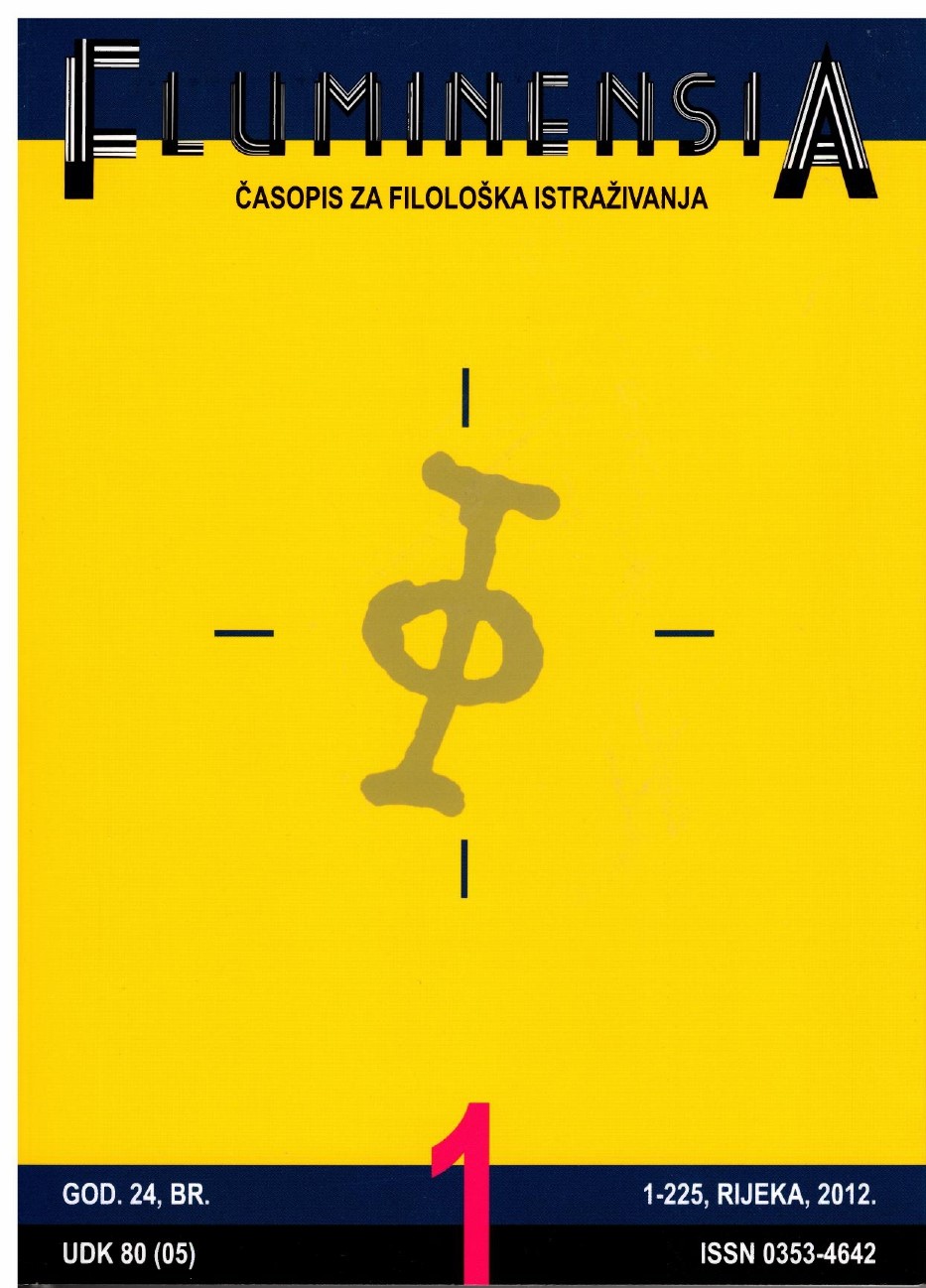AT THE CROSSROADS BETWEEN THE EAST AND THE WEST ON A MATERIAL OF GLAGOLITIC MANUSCRIPTS AND INCUNABULA'S PRESERVED IN ITALY AND IN THE COLLECTIONS UNDER THE JURISDICTION OF THE VATICAN
Keywords:
Glagolitic manuscripts, Glagolitic incunabulas, libreries and repositores in ItalyAbstract
Since the 70s of the last century, as a result of systematic work, carried out in collaboration with my colleague Krasimir Stanchev, on making an inventory of the collections of Slavonic manuscripts at the Vatican Apostolic Library, the Pontifical Oriental Institute in Rome, and Biblioteca Ambrosiana in Milan, the number of identified and listed Slavonic manuscripts has risen from 130 to 207. It has been found that although it is not big in volume, the collection of Slavonic manuscripts in Italy is probably of the greatest diversity compared to the collections we know with regards to writing traditions and it comprises almost all fields and aspects of the vast Slavonic world, where Glagolitic, Cyrillic, Latin, Greek characters and cryptography were used. Certainly, the number of manuscripts in Cyrillic alphabet is the greatest, but the Glagolitic manuscripts in Italy are among the most significant documents as far as Slavs are concerned. And this is so not only because the Vatican Library keeps one of the most preserved Glagolitic Gospel Lectionaries, i.e. Codex Assemanius dated to 10th – 11th century, but because all other 13
Glagolitic manuscripts of 14th – 15th century and a scroll-amulet at the Vatican Library reveal the role of the Croatian Glagolitic tradition as a mediator between the East and the West in the process of exchange of models, culture of code design, as well as for the sustained long-term use of the earliest Slavonic alphabet as a barrier, and at the same time as a bridge, between the East and the West. In the first place, the preserved manuscripts contribute to the identification of the typological differences between Latin and Slavonic codices in an earlier period (10th – 11th century), and, in the second place, the gradual adoption of the innovative practices imported from the Latin culture of codices at a later stage (14th – 15th century). Compared to the systematically described Slavonic manuscripts, the incunabular collections of the institutions mentioned above need to be thoroughly studied, or more precisely work on a project of the 70s of the last century, initiated by Janja Jerkov Capaldo to make a catalogue of these manuscripts, should be resumed, as well as work aimed in the same direction in the beginning of the 80s via our joint project with Krasimir Stanchev at the Vatican Library and the other repositories in Italy. The result even of our initial work at Biblioteca Ambrosiana in the period 2008 – 2009 was crowned with success, as four out of 25 old books turned out to be unknown Croatian Glagolitic editions of the Primer produced in Venice in 1527, „Oficii rimski”, published by Shimon Kozhichich in Rijeka on December 15, 1530; the Breviary compiled Mikula Brozich from Omishal and published in Venice in 1561, and the Breviary of the new „Russified” edition of Franciscan observant Rafael Levakovitch, published in Rome in 1648 by Propaganda Fide. And this is only the beginning of the future studies. The paper shall make a review of the identified and studied so far Glagolitic manuscripts, establishing their mediatory role in the process of expanding the ornamentation repertoire and the impact of the codicological innovations, stemming from the Latin codes, on the development of
Cyrillic manuscripts. As far as Glagolitic incunabula are concerned, special attention shall be paid at their modern for the time design, which would also influence the early Slavonic early printed books.

